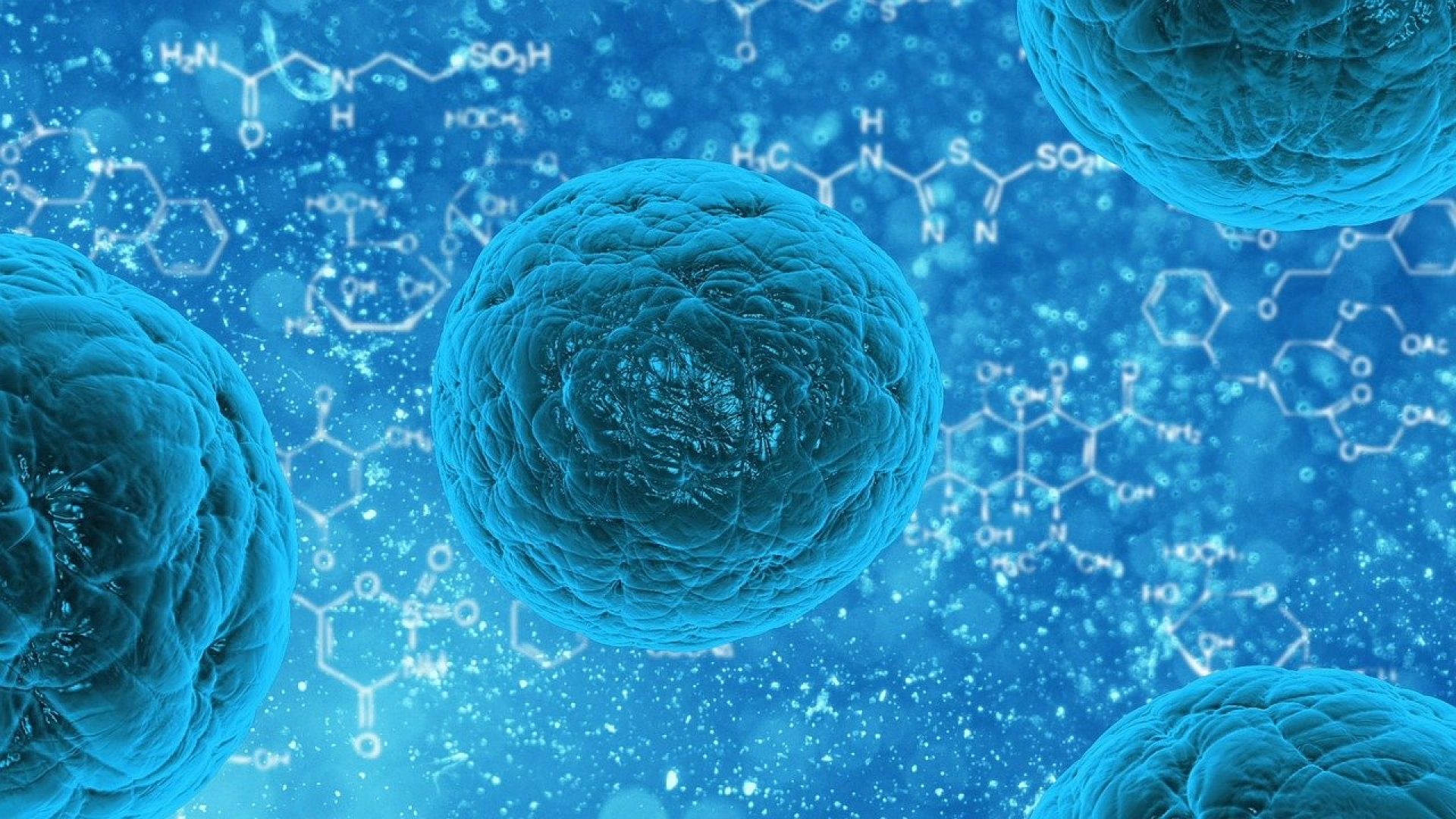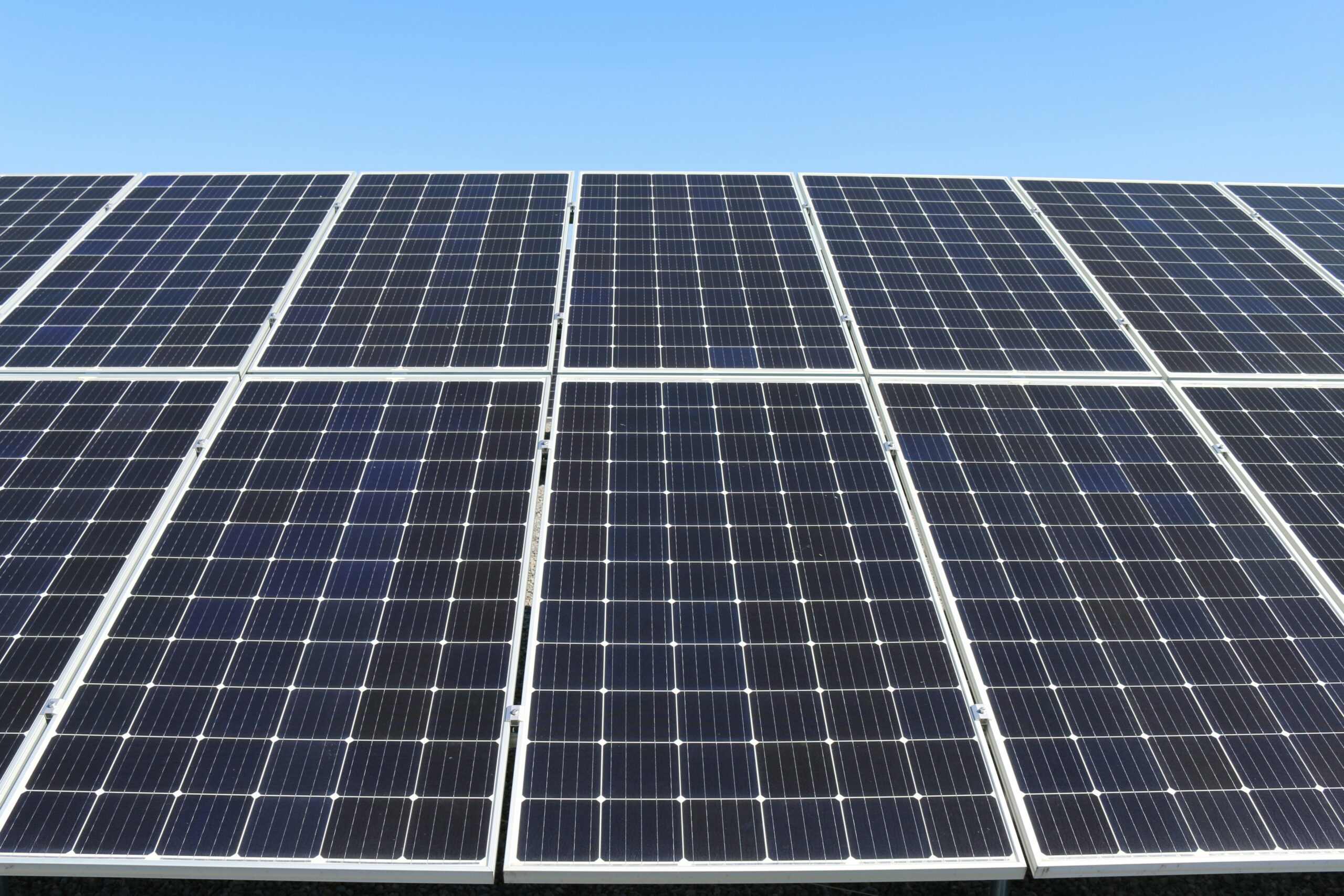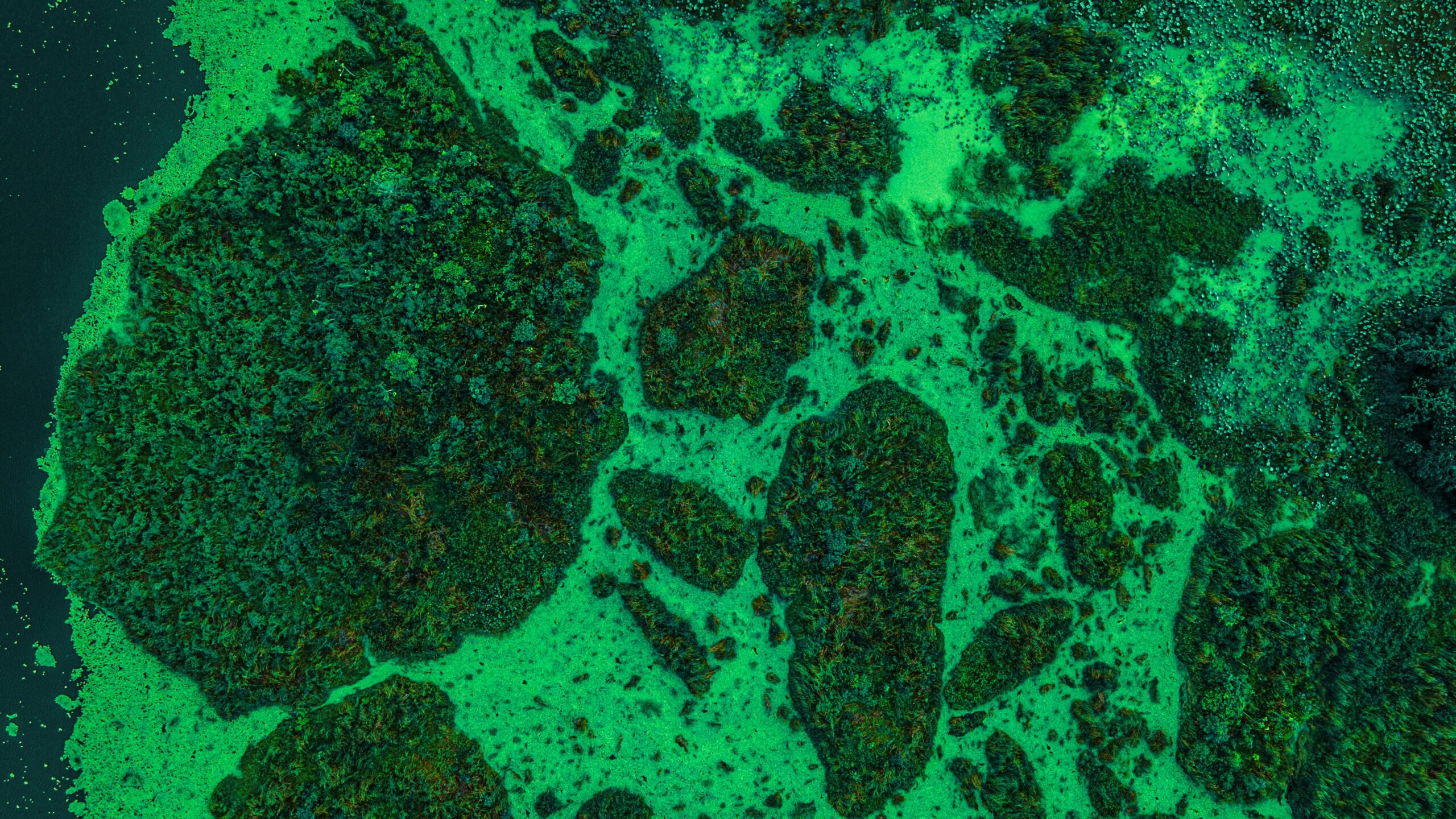Those who use ice baths and cold therapy burn additional energy. At least that's what they say. Supposedly you can even lose weight with it? Of course, when it's cold, the body has to heat up and that costs energy. But one speaks here actually of an adaptation effect in the body. It apparently builds more power plants (the mitochondria) and they can then permanently "burn" more energy and thus produce heat. What is behind this? And can you perhaps use this trick in endurance sports to achieve more performance?
Let's start with a short biology lesson. If you already know about mitochondria, energy supply and so on, you can just skip it.
The powerhouse of the cell
The mitochondria are the power plants of our body. They take in fuel, for example from food, or from the body's energy stores (such as storage fat, or glycogen) and convert them into ATP in several steps. ATP is the universal energy unit. It is simply a molecule that can store an extremely large amount of energy and release it anywhere in the body. The free energy can then be converted directly into movement in the muscles. But mitochondria also play an important role in the cardiovascular system and ensure a strong heart.
Particularly in endurance sports, the mitochondrial number is very important. Here, sufficient energy must be produced over a long period of time and the body therefore reacts to the regular training stimulus with an increase in mitochondria (called mitochondrial biogenesis). (1)
Now back to the real question: Can you hack mitochondrial biogenesis with ice bathing? Off into the cold after running = better training effect? Science, of course, has already looked at the whole thing. In the experiments, samples are taken from the tissue either after a single ice bath or after several ice baths over a period of weeks. In fact, unfortunately, no one counts out the mitochondria directly, but other molecules that can tell us. Unfortunately, we can never be completely 100% sure with this, but it is already a hint. If you want to know more about the actual signaling pathways and are curious about what exactly the data says, you can read about it a bit further down.
Ice bathing and endurance performance
The scientist Malta and his team studied the effect of regular CWI for recovery after endurance sports and found that this does not have any disadvantages on performance enhancement (2). Another group, in a slightly older study, found that there were both minor adverse and actual beneficial effects from CWI (3). As always in science, there are multiple opinions or results.
From animal studies, it can now already be assumed that regular ice bathing in combination with endurance training can increase fatigue resistance and improve mitochondrial numbers. (4)
Unfortunately, there are only a few studies on mitochondrial growth and ice bathing. So we can only summarize the results of the few and try to draw a conclusion from them. In addition, some studies cool one leg and use the other as a control. However, it is now known that a Cross-over effect takes place, in which the effects are transferred from one half of the body to the other (5).
Immediate effects can be studied with the single application. How does the body react acutely to an ice bath after endurance exercise? After a single exercise and subsequent cooling, research groups found both some evidence of increased mitochondrial formation (5-8), other groups again no (9,10). Interestingly, however, not all markers are increased even in the studies with positive results, which is why science is still not in agreement as to whether and, above all, how an effect takes place.
Other studies also examine the use of cold alone and found that mitochondria (in non-overweight people) can probably be increased, but in adipose tissue, not muscle. (11)
Longer-term use over 3-6 weeks also shows mixed results.
2 studies investigated ice bathing after exercise, with one group showing a positive effect (12) and the other no relevant effect (13) found. When training in cold rooms, the mitochondria also do not change compared to the test group with normal temperature during exercise (14).
Conclusion:
The studies give very mixed results, which doesn't surprise us because they also vary greatly in design. Some use one leg as a control group, some use cool rooms or cool packs, and others use ice baths.
The most significant marker (PGC 1 alpha) could be increased acutely in most of the studies. This was also increased in 2 of the chronic studies, but no improved performance was found as a result. This is also consistent with the other results of the individual studies: Even when the one marker was increased, often the other links in the chain were not more closely affected. This shows us that we probably cannot yet grasp the big picture and that a few essential pieces of the puzzle are still missing to solve the mystery.
Some authors suggest that greater cold stress might be necessary to actually induce mitochondrial biogenesis, but this has not yet been investigated (3). It is also suspected that the efficiency of the mitochondria could be reduced by too much growth (12). That would be an explanation for the lack of performance increase. Unfortunately, this is only conjecture despite everything.
All in all, the data is still very thin and of low quality. There is probably a certain effect; in the animal studies as well as in the majority of the human studies. However, it is not clear and research does not yet fully understand it. So whether the ice bath after endurance sports improves your performance remains unclear. In fact, it doesn't seem to be a detriment to your performance and has potential positive effects on many other physical and mental levels.
However, the greatest positive effects are more likely to be found in the mental area, as well as the active change between sympathetic and parasympathetic nervous systems. So from "Fight or Flight" to "Rest & Digest". Or to put it more simply, you can learn to handle stress better with ice baths. But we will go into more detail on this topic in another post.
For nerds:
When something changes in the body, it always happens via signaling pathways. The individual units of the organism must communicate with each other in some way. This can be, for example, via the nervous system, which sends info to your triceps: "Contract!". But messages can also be transmitted without the nervous system or your brain. In our case here, they are signaling molecules that control the formation of various proteins (i.e., the transcription of the DNA of those proteins). The central element in the control of mitochondria is PGC-1-alpha (Long form: Peroxisome proliferator-activated receptor gamma coactivator 1-alpha).
All the research on PGC-1-alpha began with initial discoveries that this neurotransmitter controls adaptive thermogenesis. When exposed to cold, the amount of PGC-1-alpha increases in brown adipose tissue and muscle. Since the amount of mitochondrial DNA also increases, it was thought that PGC-1-alpha stimulates this. It has now been found that PGC-1-alpha is probably also important in cholesterol and sugar metabolism.
PGC-1-alpha can not only promote the formation of new mitochondria but also improve their function. This can then adapt muscle fibers to environmental conditions or convert white (passive) adipose tissue into brown (energy-consuming and warming) adipose tissue.
PGC-1-alpha itself also has to be regulated, for example by exercise, cold or fasting. This in turn is controlled by other signal molecules. These include p38, AMPK, Sirt1, PPAR, CREB, YY1 and mTOR. (15). PGC-1-alpha is inhibited by insulin and hypoxia. It then exerts its effect via other signal molecules (NRF1 and TFAM, ERRalpha and NRF2).(1)
Thus, in the studies, on the one hand, the mitochondrial DNA is investigated, in many cases the core of the signaling pathway: PGC 1 alpha. Often, the activating messenger substances of PGC 1 alpha or the signaling molecules are also investigated. This should help to elucidate the active process, but unfortunately, as explained above, the results here are not entirely conclusive. Sometimes the signaling pathway simply stops. For example, A is increased, B is increased, and then C is not. How is one supposed to know like this whether there is an effect or not? In any case, we are already very deep into the matter here and this is simply to record that it is not so easy to answer this question with a yes or no. There is definitely an effect on the mitochondria, how exactly does it work and if that then improves performance? We are probably waiting for further results. But it does not seem to do any harm in endurance sports!
If you enjoy it and don't overdo it, please keep doing it 🙂 .
I wish you a lot of fun with your attempts in the cold wet!
Your Performance Optimizer & Biohacker
Richard Staudner
PS: Here is another tip from my side! As an athlete you are interested in increasing your performance, aren't you?
I have designed various supplements for "Btonic Performance", which should help exactly here. The areas of action cover a lot of purposes. From supporting joints or improving cognitive and physical performance to lowering stress, there's a lot here. If you want to try these high-quality supplements, you can get 20% discount on your order now.
To do this, use the code "richard20" on the website www.btonic-performance.at











